How to Optimize Customer Support Metrics Effectively
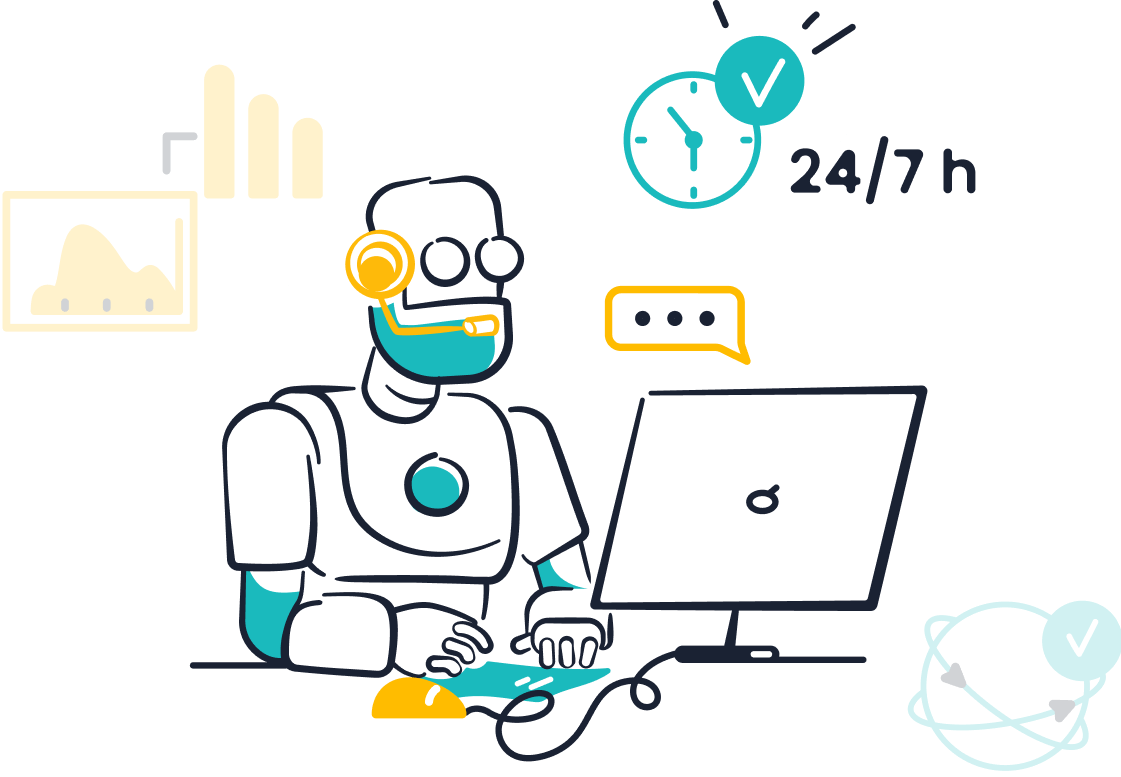
Customer support key performance indicators (KPIs) play a vital role in shaping business success. Companies that focus on customer experience achieve up to 80% higher revenue growth, with 73% of customers citing it as the most critical factor in their purchasing decisions. Optimizing these metrics not only enhances customer satisfaction but also boosts operational efficiency. For instance, improving First Contact Resolution by just 1% can reduce operating costs by the same margin. Tools like Sobot's Chatbot, with its 24/7 multilingual support and automation capabilities, are revolutionizing how businesses deliver exceptional service in 2025.
Understanding Customer Support Key Performance Indicators
What Are Customer Support KPIs?
Customer support key performance indicators are measurable values that help you evaluate how well your support operations align with your business goals. These metrics track your team's performance, highlight areas for improvement, and ensure your efforts add value to the customer experience. For example, service desk KPIs like First Response Time or Average Resolution Time reveal how efficiently your team resolves customer issues.
Tracking customer experience KPIs also provides insights into customer satisfaction and loyalty. Without these metrics, you risk making decisions without understanding what works and what doesn’t. This could lead to misguided changes that harm your service quality. By focusing on customer service KPIs, you can fine-tune your operations, improve help desk metrics, and strengthen customer relationships.
Why Are Customer Support Metrics Crucial for Business Growth?
Customer support metrics directly impact your business growth. A strong NPS reflects customer loyalty, which drives profitability. Promoters, identified through NPS, often spend more, stay longer, and refer others, fueling organic growth. Additionally, metrics like Customer Lifetime Value (CLV) emphasize the importance of retaining customers. Retention costs less than acquiring new ones, making it a more efficient growth strategy.

By measuring customer satisfaction and operational efficiency, you can identify trends and optimize your processes. For instance, Sobot’s AI Chatbot helps businesses improve help desk metrics by automating repetitive tasks and providing 24/7 multilingual support. This not only enhances customer satisfaction but also reduces costs, allowing you to allocate resources more effectively.
Common Pitfalls in Measuring Help Desk Metrics
When measuring help desk metrics, you might encounter common challenges. One major pitfall is focusing on too many KPIs at once. This can dilute your efforts and make it harder to identify actionable insights. Instead, prioritize metrics that align with your business goals, such as NPS or First Contact Resolution.
Another issue is failing to set realistic benchmarks. Without clear goals, it becomes difficult to measure progress or motivate your team. Tools like Sobot’s analytics platform can help you set achievable targets and track performance effectively. Lastly, ignoring qualitative feedback can limit your understanding of customer needs. Combining metrics with customer feedback ensures a more comprehensive approach to improving service desk KPIs.
Essential Customer Service KPIs to Track in 2025

Metrics for Customer Satisfaction (CSAT, NPS)
Customer satisfaction remains a cornerstone of successful support operations. Metrics like Customer Satisfaction Score (CSAT) and Net Promoter Score (NPS) are indispensable for evaluating how well your service meets customer expectations. CSAT measures satisfaction with specific interactions, offering actionable insights for immediate improvements. For instance, a CSAT score between 75% and 85% typically indicates a high level of satisfaction. NPS, on the other hand, gauges loyalty by asking customers how likely they are to recommend your brand. A higher NPS reflects stronger customer relationships and long-term growth potential.
Combining CSAT and NPS allows you to track satisfaction trends over time. For example, Sobot’s AI Chatbot can enhance these metrics by providing 24/7 multilingual support, ensuring faster resolutions and better customer experiences. Research shows that companies with high customer satisfaction scores also achieve improved retention rates, making these metrics vital for sustainable growth.
Metrics for Operational Efficiency (First Response Time, Average Resolution Time)
Operational efficiency metrics like First Response Time and Average Resolution Time directly impact customer satisfaction. First Response Time measures how quickly your team acknowledges customer inquiries. Faster responses create a positive impression and show customers that their concerns matter. Average Resolution Time tracks how long it takes to resolve issues, highlighting areas where your team can improve.
For example, a shorter resolution time often correlates with higher satisfaction levels. Sobot’s Omnichannel Solution streamlines workflows by integrating all communication channels into a unified platform. This reduces response times and enhances efficiency. According to studies, 73% of customers consider fast resolutions a top priority in customer service. By focusing on these metrics, you can optimize your help desk metrics and deliver exceptional service.
Metrics for Customer Engagement (Customer Effort Score, Retention Rate)
Customer engagement metrics like Customer Effort Score (CES) and Retention Rate reveal how effectively your support fosters loyalty. CES measures how easy it is for customers to interact with your service. Lower effort scores indicate smoother experiences, reducing friction in the customer journey. Retention Rate, meanwhile, reflects the percentage of customers who continue to engage with your brand over time.
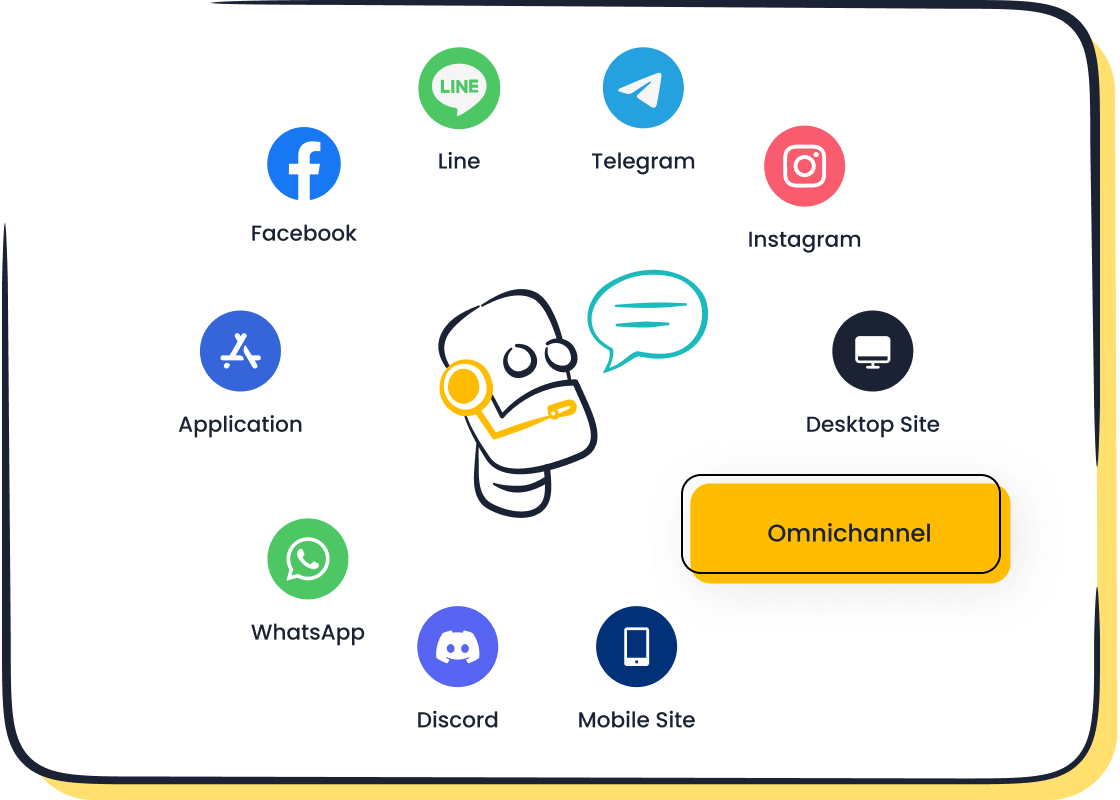
Retaining customers is more cost-effective than acquiring new ones, saving up to five times the effort. Loyal customers are also more likely to repurchase and advocate for your brand. Sobot’s solutions, such as its AI Chatbot, help reduce customer effort by automating repetitive tasks and providing proactive support. This not only improves retention but also strengthens customer relationships, ensuring long-term success.
Metrics for Team Performance (Agent Utilization, Quality Assurance Scores)
Tracking team performance metrics like Agent Utilization and Quality Assurance (QA) Scores is essential for maintaining a high-performing customer support team. These metrics provide insights into how effectively your team handles customer interactions and ensures consistent service quality.
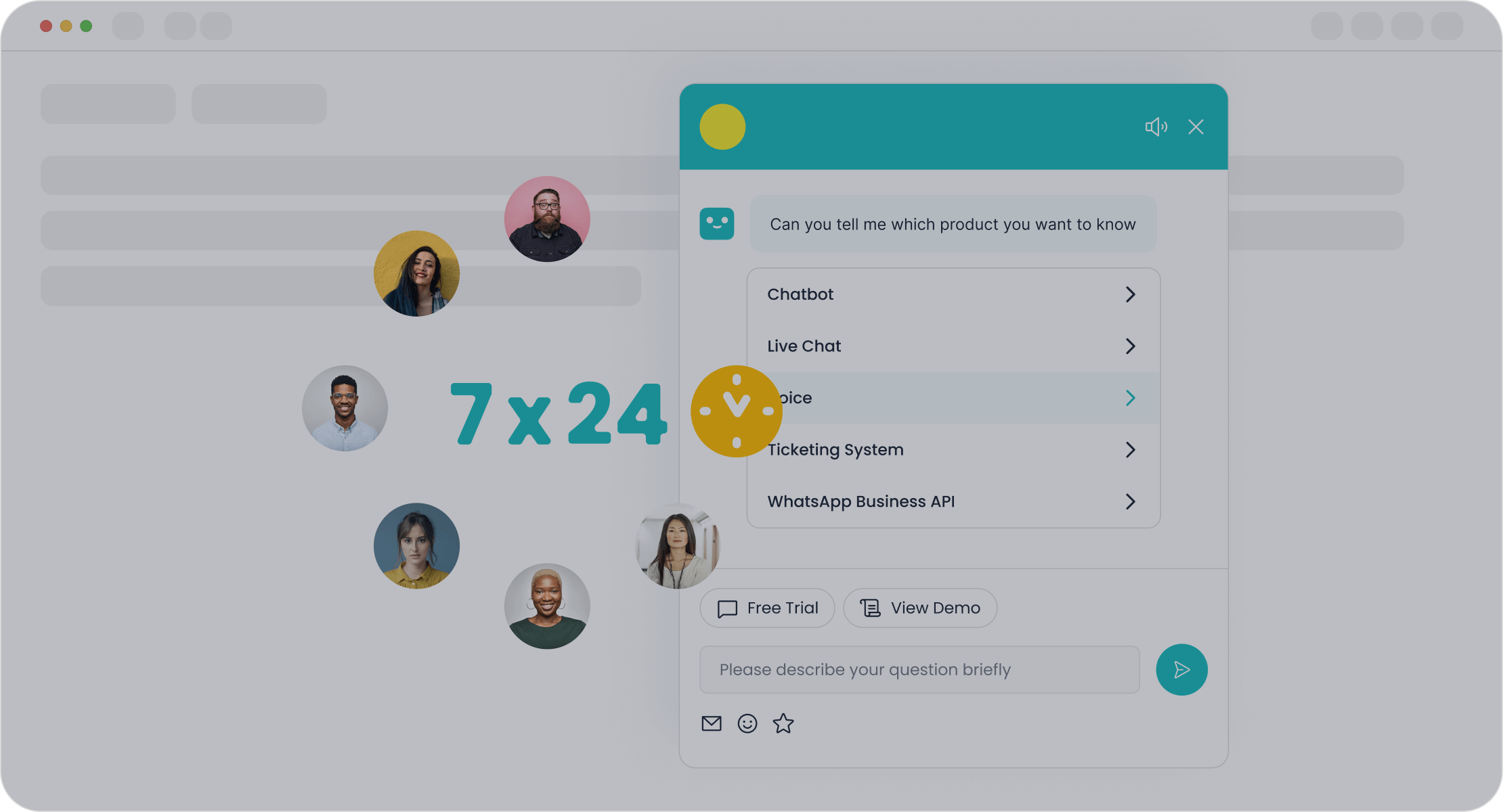
Agent Utilization measures how much time your agents spend actively assisting customers versus idle time. A balanced utilization rate prevents burnout while maximizing productivity. For example, a rate between 75% and 85% is often ideal. If your team’s utilization is too low, it may indicate inefficiencies or overstaffing. On the other hand, excessively high utilization can lead to agent fatigue, which negatively impacts customer satisfaction. Tools like Sobot’s Omnichannel Solution help optimize agent workloads by automating repetitive tasks and streamlining workflows, ensuring your team remains efficient and focused on complex issues.
QA Scores evaluate the quality of customer interactions by assessing how well agents adhere to company policies and meet customer expectations. Unlike metrics like CSAT, which reflect customer perceptions, QA Scores provide objective insights into agent performance.
A customer leaves a bad CSAT review after a lengthy call with an agent. The agent followed the company’s appeasement policy to a T. A proper QA audit of that ticket would have revealed the truth: the agent had followed procedure perfectly.
QA programs also identify trends and pinpoint areas for improvement.
- QA scores help teams address root causes of performance issues.
- Companies with robust QA programs often see higher CSAT scores.
Sobot’s AI Chatbot complements QA efforts by handling routine queries, allowing agents to focus on delivering high-quality service. By leveraging these metrics, you can enhance team performance, improve help desk metrics, and ultimately boost customer satisfaction.
Tools and Techniques for Measuring Customer Support Metrics
Leveraging Sobot's Chatbot for Real-Time Data Collection
Real-time monitoring is essential for improving customer support. Sobot's AI Chatbot excels in this area by collecting data instantly during customer interactions. This tool tracks metrics like first response time and resolution time, providing insights into how efficiently your team handles inquiries. For example, studies by Juniper and Gartner reveal that chatbot integration significantly reduces customer service costs while improving response times.
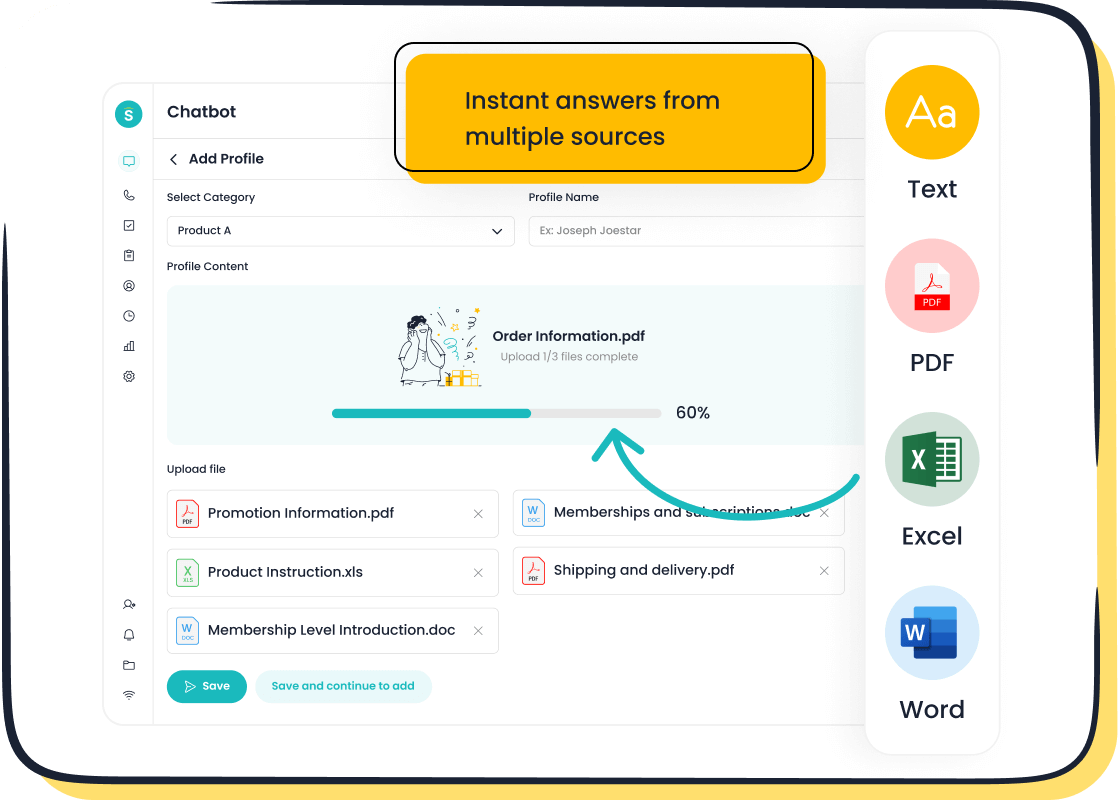
Sobot's Chatbot also enhances data accuracy and consistency. It operates 24/7, ensuring no tickets are missed, even during peak hours. By automating repetitive tasks, it reduces ticket backlog and allows agents to focus on complex issues. Additionally, its multilingual capabilities ensure seamless self-service customer support for a global audience. Businesses like Samsung have already seen a 30% increase in agent efficiency by leveraging Sobot's solutions.
Best Practices for Setting Benchmarks and Goals
Setting benchmarks and goals is crucial for tracking customer experience KPIs effectively. Start by aligning your customer support objectives with broader business goals. Use SMART criteria—Specific, Measurable, Achievable, Relevant, and Time-bound—to define clear targets. For instance, aim to reduce first response time by 10% within three months.
Involve your frontline staff in the goal-setting process. Their insights can help identify realistic benchmarks and foster accountability. Regularly monitor progress and adjust goals based on customer feedback collection and performance metrics. Tools like Sobot's analytics platform simplify this process by providing actionable insights. This approach ensures your team stays focused on improving help desk metrics and delivering exceptional service.
Using Analytics Platforms for Tracking and Reporting KPIs
Analytics platforms play a vital role in tracking customer service KPIs. These tools consolidate data from various channels, offering a comprehensive view of your support operations. For example, you can calculate first response time, monitor ticket backlog, and analyze customer satisfaction trends in one place.
Sobot's Omnichannel Solution integrates seamlessly with analytics platforms, enabling real-time monitoring and reporting. It unifies tickets from multiple channels, reducing data fragmentation and improving decision-making. By leveraging these insights, you can make data-based decisions to optimize workflows and enhance customer experiences. Sentiment analysis, another valuable feature, helps you understand customer emotions, further refining your support strategies.
Strategies to Optimize Customer Support Metrics
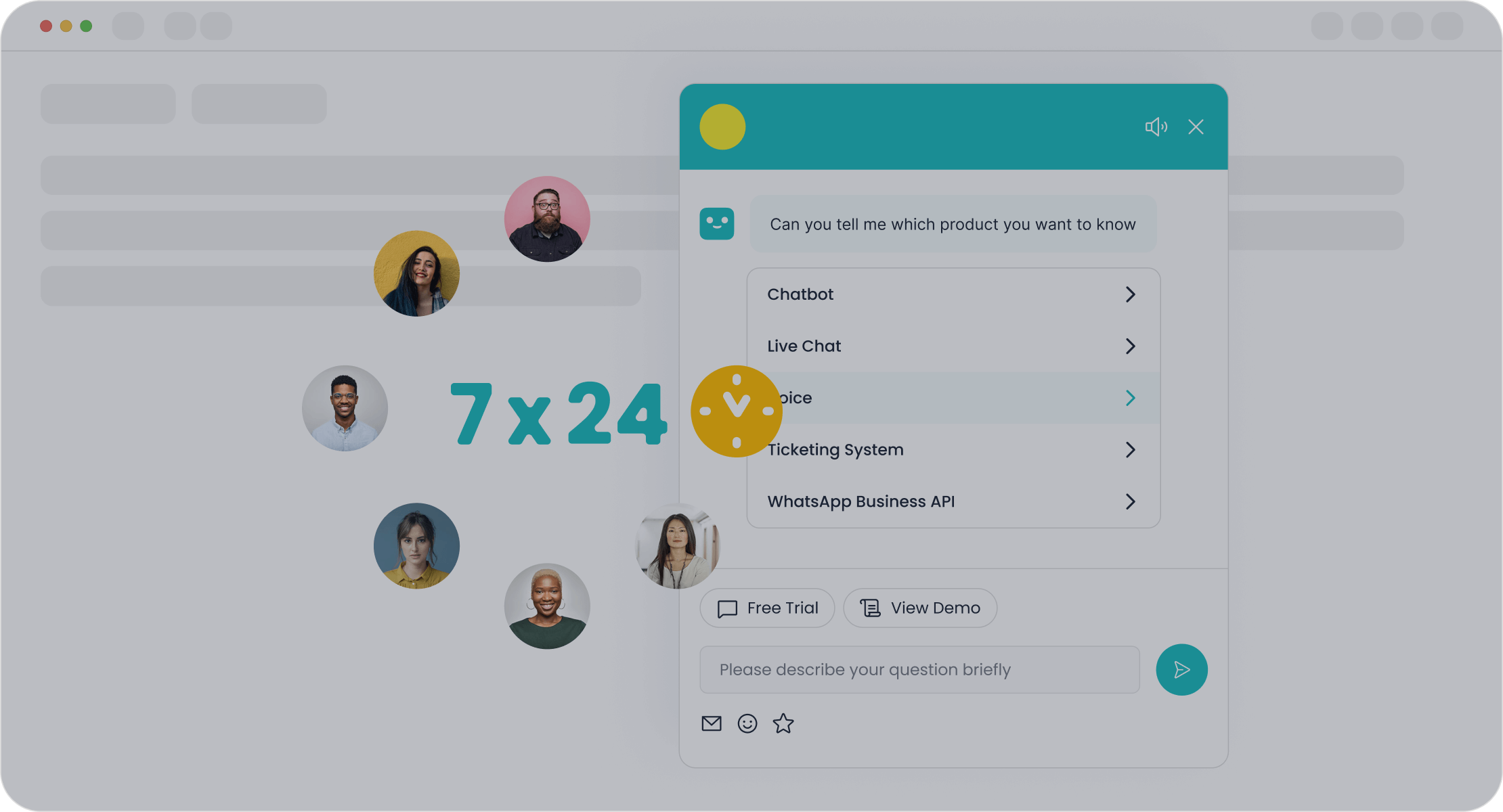
Implementing AI and Automation with Sobot's Omnichannel Solution
AI and automation have become essential for optimizing customer support. Sobot's Omnichannel Solution leverages advanced natural language processing to route inquiries efficiently, ensuring timely assistance. This reduces response times and enhances the accuracy of support interactions. For example, businesses using Sobot's solution have reported significant improvements in First Contact Resolution and Mean Time to Resolve, two critical customer service KPIs.
Machine learning algorithms within the platform continuously improve performance by analyzing customer interactions. Robust analytics tools provide insights into customer behavior and team efficiency, enabling you to refine your strategies. By automating repetitive tasks, Sobot's solution allows agents to focus on complex tickets, improving both productivity and customer engagement. This approach not only enhances operational efficiency but also contributes to a seamless, self-service experience for customers.
Empowering Support Teams Through Training and Resources
Empowering your support team is vital for delivering exceptional service. Companies with comprehensive training programs see 218% higher income per employee and 17% greater productivity. Regular training sessions help your team stay updated on best practices and tools, such as Sobot's AI Chatbot, which simplifies ticket management and enhances real-time monitoring.
Feedback loops play a crucial role in refining training initiatives. For instance, gathering insights from agents can help identify skill gaps and tailor programs accordingly. Certification programs further validate expertise, boosting confidence and job satisfaction. A recent study revealed that 92% of employees believe workplace training positively impacts engagement. By investing in your team, you not only improve service quality but also foster a culture of continuous learning and growth.
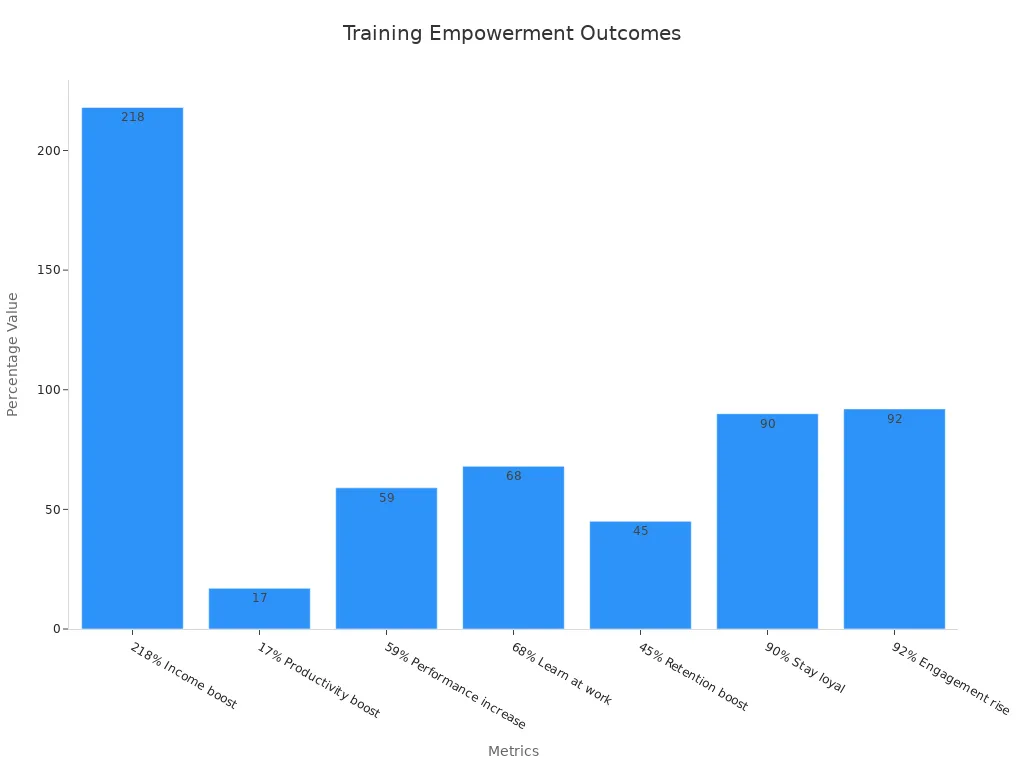
Personalizing Customer Interactions for Better Engagement
Personalization is key to enhancing customer engagement. Tailored interactions increase satisfaction, loyalty, and trust. Research shows that businesses implementing personalized experiences can achieve up to a 15% revenue boost. Sobot's AI Chatbot supports personalization by using customer data to provide relevant solutions and proactive support.
For example, the chatbot's multilingual capabilities ensure seamless communication, while its ability to integrate with various platforms allows for a unified customer experience. Personalized interactions also reduce acquisition costs by up to 50% and improve retention rates. By focusing on personalization, you can create meaningful connections with your customers, driving long-term growth and enhancing customer experience.
Creating Feedback Loops to Drive Continuous Improvement
Feedback loops are essential for refining customer support metrics and ensuring continuous improvement. By actively gathering and acting on feedback, you can identify gaps in your service and adapt to evolving customer needs. A well-structured feedback loop not only enhances customer satisfaction but also builds trust and loyalty.
To create effective feedback loops, start by collecting customer input through various channels. Use in-app surveys, email outreach, or live chat tools to gather insights. For example:
- In-app surveys provide real-time feedback on specific interactions.
- Targeted outreach helps you understand diverse user needs.
- Live chat tools capture immediate concerns during customer interactions.
Once you collect feedback, close the loop by informing customers about the actions you’ve taken. This step demonstrates that you value their input and are committed to improving their experience. For instance, if customers highlight delays in response times, you can implement Sobot’s AI Chatbot to reduce wait times and notify them of this enhancement. Closing the loop fosters engagement and strengthens customer relationships.
A sustainable feedback loop also allows your team to adapt continuously. Regularly analyze feedback trends to identify recurring issues and implement solutions. For example, Sobot’s analytics platform can help you track customer satisfaction metrics like CSAT and NPS, providing actionable insights for improvement. Businesses that prioritize feedback loops often see higher retention rates and improved operational efficiency.
Tip: Always combine quantitative metrics with qualitative feedback. Numbers reveal trends, but customer comments provide context.
By integrating feedback loops into your operations, you can refine help desk metrics, enhance customer satisfaction, and drive long-term success. Tools like Sobot’s Omnichannel Solution make this process seamless, ensuring your team stays aligned with customer expectations.
Turning Insights into Actionable Improvements
Analyzing Trends in Customer Service KPIs
Understanding trends in customer service KPIs helps you identify patterns and make informed decisions. Metrics like customer satisfaction, agent performance, and recurring issues provide valuable insights. For instance, continuous tracking of customer satisfaction reveals how well your service aligns with expectations. Comparing agent performance over time highlights areas needing improvement or recognition. Monitoring recurring issues helps you assess the effectiveness of implemented changes.
Using tools like Sobot’s analytics platform simplifies this process. It consolidates data from multiple channels, enabling you to track metrics like response rates and ticket backlog. Real-time dashboards provide immediate visibility into key metrics, ensuring you stay proactive. For example, if your ticket backlog increases, you can allocate resources to address it promptly. This approach not only improves customer engagement but also enhances customer loyalty by demonstrating your commitment to quality service.
Identifying and Addressing Performance Gaps
Performance gaps can hinder your team’s ability to deliver exceptional service. Identifying these gaps requires analyzing metrics like first-touch resolution and adherence to service level agreements (SLAs). For example, a low first-touch resolution rate may indicate a need for better training or improved workflows. Similarly, failing to meet SLAs could point to inefficiencies in your processes.
Sobot’s omnichannel solution helps you address these gaps effectively. By integrating data sources, it provides a unified view of your operations, making it easier to pinpoint issues. Predictive analytics within the platform forecast trends, allowing you to adjust strategies proactively. For instance, if data shows a consistent backlog of tickets during peak hours, you can implement Sobot’s AI Chatbot to handle repetitive queries. This reduces the workload on agents and ensures timely resolutions, improving both efficiency and customer engagement.
Monitoring the Impact of Optimizations Over Time
Tracking the impact of your optimizations ensures your strategies remain effective. Metrics like average handling time (AHT), first-touch resolution, and customer satisfaction scores (CSAT) reflect the success of your efforts. For example, a decrease in AHT indicates improved efficiency, while a higher CSAT score shows better alignment with customer expectations.
Sobot’s solutions make this monitoring seamless. Its analytics tools track trends in real-time, helping you measure the effectiveness of changes. For instance, if you implement a new workflow to reduce ticket backlog, the platform provides data on how it impacts metrics like response time and resolution rates. Regularly revisiting these metrics ensures continuous improvement. Businesses that prioritize this approach often see enhanced customer engagement and increased customer lifetime value, driving long-term success.
Case Study: How Samsung Improved Customer Satisfaction with Sobot
Samsung faced a significant challenge in managing the high volume of customer inquiries across multiple channels. Handling these tickets efficiently while maintaining service quality became a priority. The company needed a solution to unify its communication channels, reduce repetitive tasks, and improve customer engagement.

By implementing Sobot's all-in-one contact center solution, Samsung transformed its customer service operations. The platform integrated various communication channels into a single workspace, allowing agents to manage tickets without switching systems. This streamlined approach reduced response times and improved operational efficiency. Sobot's AI Chatbot played a crucial role by handling repetitive queries 24/7, freeing agents to focus on complex issues. The chatbot's multilingual capabilities ensured seamless communication with Samsung's global customer base.
The results were remarkable. Samsung achieved a 30% increase in agent efficiency and a 97% customer satisfaction rate. The unified platform provided agents with comprehensive customer data, reducing repetitive questioning and enhancing the overall experience. VIP customers received personalized video support, further strengthening customer loyalty. These improvements not only boosted customer engagement but also increased customer lifetime value by fostering long-term relationships.
Samsung's success demonstrates the power of Sobot's solutions in optimizing customer support metrics. By addressing performance gaps and enhancing customer engagement, you can achieve similar results. Whether you're managing a small team or a global operation, tools like Sobot's AI Chatbot and Omnichannel Solution can help you deliver exceptional service and drive sustainable growth.
Tip: Focus on integrating tools that streamline workflows and enhance customer engagement. This approach not only improves efficiency but also builds lasting customer loyalty.
Tracking and optimizing customer support metrics is essential for achieving business success. Metrics like resolution rate and customer satisfaction score not only reflect your team's efficiency but also strengthen customer loyalty. For example:
| Metric | Benefits |
|---|---|
| Resolution Rate | Indicates team effectiveness and good processes; links to customer loyalty. |
| Customer Effort Score (CES) | Predicts future behavior; highlights problem areas; guides improvements; tracks progress. |
| Average Handle Time (AHT) | Impacts operational costs; helps optimize staffing and improve processes. |
Tools like Sobot's Chatbot and Omnichannel Solution simplify this process. They reduce backlog, improve NPS, and enhance customer satisfaction. For instance, businesses using these tools report a 97% CSAT score and a 20% reduction in inbound discussions. By implementing these strategies, you can resolve issues faster, reduce backlog, and boost customer satisfaction. Start optimizing today to transform your customer service operations.
FAQ
What are the benefits of using Sobot's AI Chatbot for customer support?
Sobot's AI Chatbot improves efficiency by 70% and reduces costs by up to 50%. It operates 24/7, handles repetitive queries, and supports multiple languages. This ensures faster resolutions and better customer satisfaction. For example, Samsung achieved a 97% CSAT score using Sobot's solutions.
How does Sobot's Omnichannel Solution enhance customer engagement?
Sobot's Omnichannel Solution unifies communication channels into one platform. This reduces response times and improves agent efficiency by 30%. It also provides personalized interactions by integrating customer data, ensuring seamless engagement across platforms like WhatsApp, email, and live chat.
Why is tracking customer support metrics important?
Tracking metrics like CSAT and First Response Time helps you identify trends and improve processes. For instance, reducing response time by 10% can significantly boost customer satisfaction. Tools like Sobot's analytics platform simplify tracking, enabling you to make data-driven decisions.
Can Sobot's solutions help reduce agent workload?
Yes, Sobot's solutions automate repetitive tasks, allowing agents to focus on complex issues. For example, the AI Chatbot handles routine queries, reducing ticket backlog. This improves agent productivity and prevents burnout, ensuring better service quality.
How does Sobot ensure data security in its solutions?
Sobot prioritizes data security with a system stability rate of 99.99%. It complies with industry standards to protect customer information. This ensures trust and reliability, making it a preferred choice for businesses across industries like finance, retail, and education.
See Also
Enhancing Call Center Efficiency Through Effective Monitoring
Ten Strategies to Improve Live Chat Customer Experience
Excelling in Live Chat for Superior Customer Assistance
Enhance Your Around-the-Clock Live Chat Productivity
Strategies for Successfully Managing Live Chat Representatives